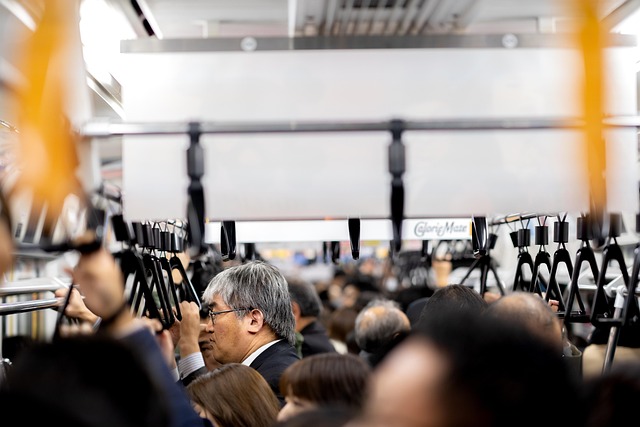The Incredible Shrinking Subway: An Overview
Subway, the sandwich chain that once seemed to be on every corner, is contracting. While still a global titan, its US footprint has shrunk significantly year after year. This deep dive explores the drivers behind this decline and the ripple effects for the brand, its franchisees, and the fast-food landscape.
Why Are Subway Stores Disappearing?
A confluence of factors is driving the Subway closures:
- Market Oversaturation: Aggressive past expansion led to stores clustered too closely, often competing for the same customers and diluting sales.
- Intensified Competition: The rise of fast-casual competitors like Chipotle, Panera, and Jersey Mike's offers perceived higher quality, fresher ingredients, and modern dining experiences, stealing market share.
- Aging Business Model: Subway's traditional focus on heavy foot traffic and customization faces challenges from delivery-focused concepts and brands with stronger digital integration.
- Franchisee Profitability Squeeze: Rising operational costs (rent, labor, supplies) combined with stagnant or declining sales have made profitability elusive for many owners, forcing closures.
- Brand Perception Issues: Compared to newer, trendier competitors, Subway has faced challenges in maintaining a perception of high quality and innovation.
The Human Cost: Impact on Franchisees
These closures hit franchisees hardest. Many pour their life savings and years of effort into their stores, only to see their investment vanish. It represents not just a financial loss, but often the collapse of a dream.
Beyond the devastating personal impact, widespread closures tarnish the overall Subway brand, potentially making success even harder for the remaining operators navigating challenging market conditions.
Subway's Playbook: Response and Strategy
Subway headquarters is actively working to reverse the trend. Key initiatives include:
- Menu Modernization: Introducing new recipes, premium ingredients, and curated sandwich builds to attract a wider audience.
- Store 'Refresh' Program: Investing significantly in renovating locations for a more contemporary look and feel.
- Digital & Delivery Focus: Improving online ordering platforms and partnerships with third-party delivery services.
- Enhanced Franchisee Support: Implementing programs aimed at improving operational efficiency and profitability for store owners.
Case Study: The 'Eat Fresh Refresh'
A prime example of Subway's strategy is the 'Eat Fresh Refresh' campaign. This multi-billion dollar investment involved upgrading core ingredients (like proteins and bread), adding new sauces and toppings, and heavily marketing the changes to shift consumer perception and drive traffic.
Can Subway Turn the Tide?

Subway's path forward remains challenging. Initiatives like the 'Eat Fresh Refresh' and store remodels are crucial, but the chain must contend with fierce competition and evolving consumer tastes for freshness, speed, and digital convenience. Success hinges on consistently convincing customers (and franchisees) that Subway offers compelling value and a modern experience.